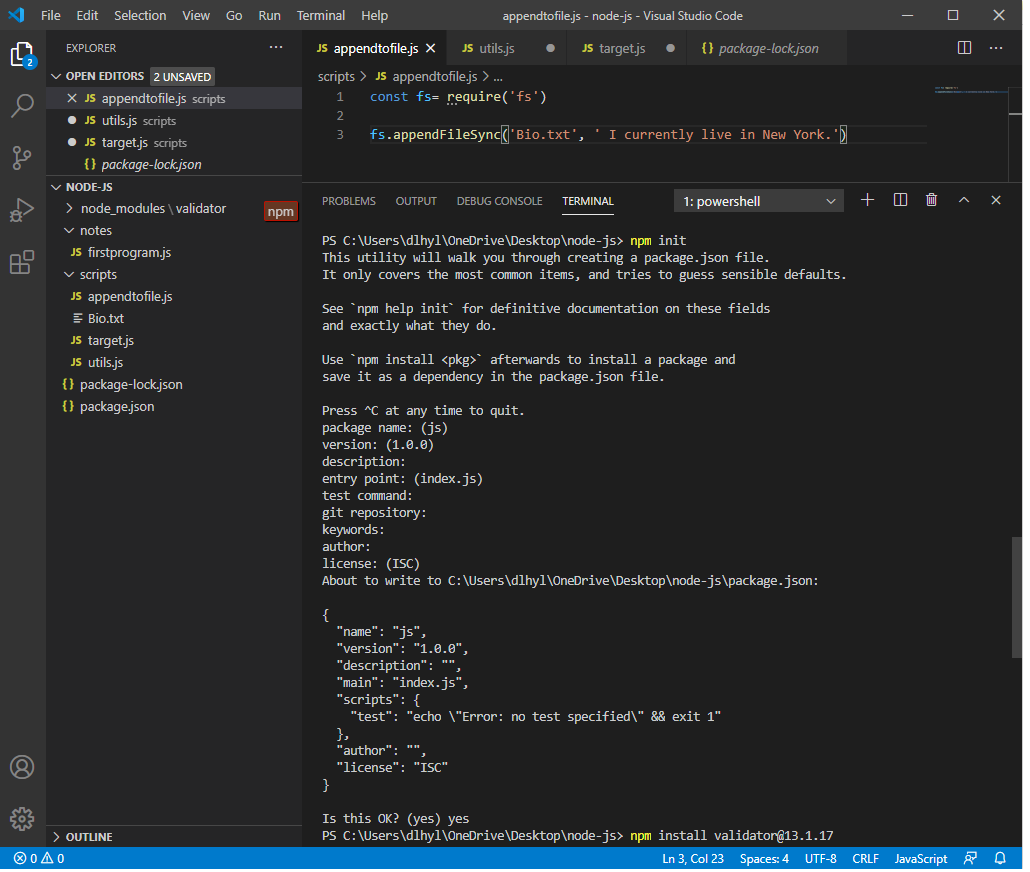
Node.js was introduced to the world during JSConf EU 2008, the European conference for the JavaScript community. He wanted to develop a technology that would significantly improve the work of a web server. He noted that when one blocked code or an alleged stack of multiple executions occurs, the server creates problems that can only be solved with sequential code. Dahl criticized the server's ability to handle multiple connections (10,000 or more) simultaneously. The idea for Node.js came about due to the limitations of the then-most popular web server, Apache HTTP Server. Dahl initially developed and maintained the technology himself but soon received support from Joyent, which became the official sponsor of Node.js. Node.js is a relatively new technology created in 2009 by Ryan Dahl, and its first version only supported macOS and Linux. What is particularly important, the solution can be successfully used in building serverless applications when developing projects in the cloud. It is not without reason that many brands recognizable around the world, e.g., Google, Microsoft, Netflix, Linked or PayPal, use Node.js. Moreover, it has a relatively low entry threshold, as almost every programmer knows JavaScript. Its unquestionable advantage is the ability to manage libraries and developer dependencies through NPM efficiently (Node Package Manager) software which includes, among others: Gulp, Express, Grunt, jQuery or React, and more.Īs the interpreter was written in C++, it ensures a high level of stability, smoothness, and speed of the application built on top of it. It allows the creation of frontend and backend in one of the most popular JavaScript programming languages, as it follows the ECMA Script standardization. What is Node.js?Īs the application runtime environment, Node.js is single-threaded, resolves scalability issues, and has non-blocking I / O support. Now, you can use JavaScript to write server code - with Node.js, building full-stack applications has become much easier for developers.

Before it was created, servers were programmed with languages such as PHP, Ruby or Python. Released in 2009, Node.js has revolutionized the way developers program servers. And - most importantly - it’s not difficult at all.

Thanks to the Node.js library, we can write a functional server for our applications in JS. Many people associate JavaScript only with browsers and the generally understood front end, but it’s not the end of its possibilities.


 0 kommentar(er)
0 kommentar(er)
